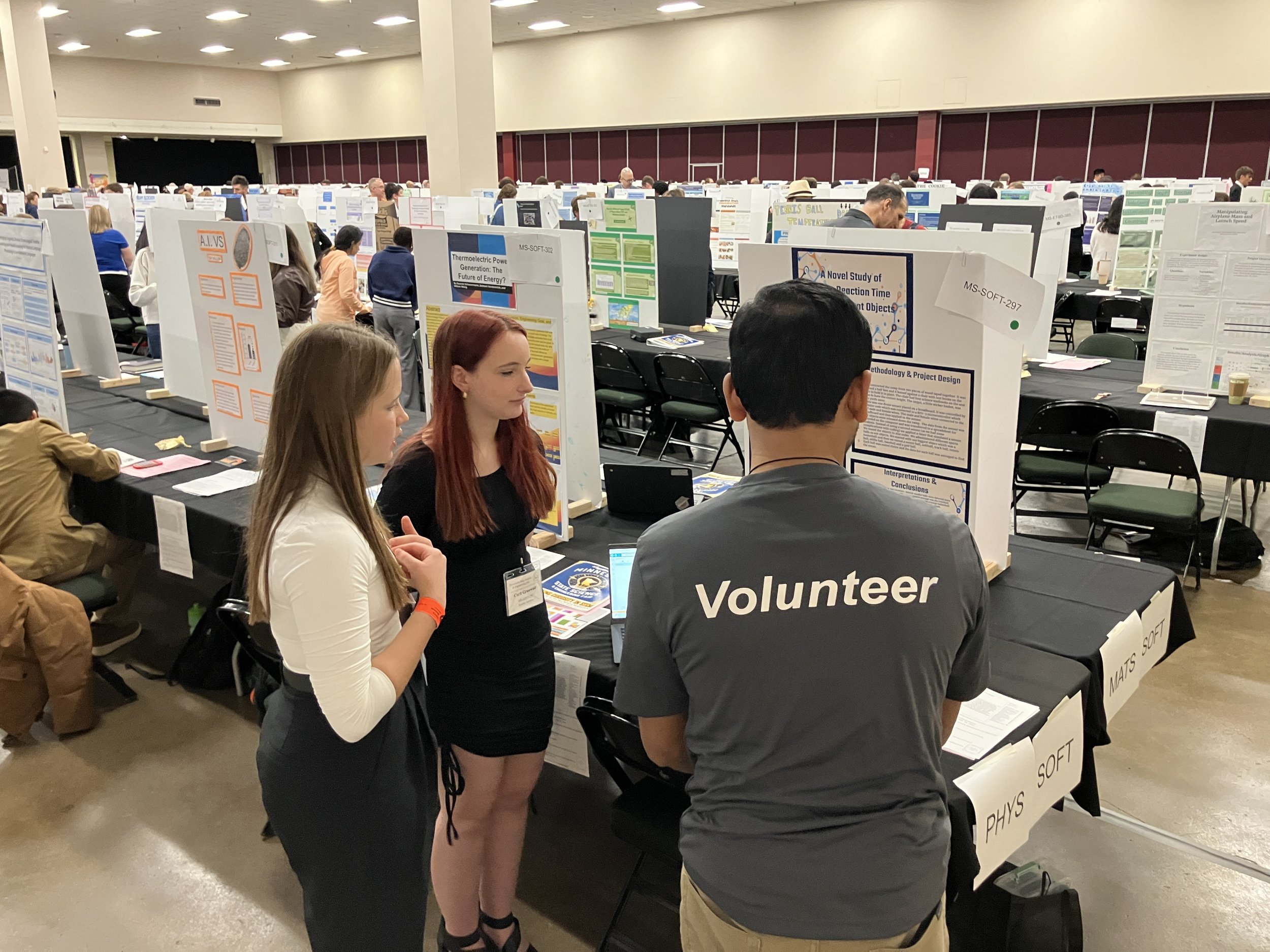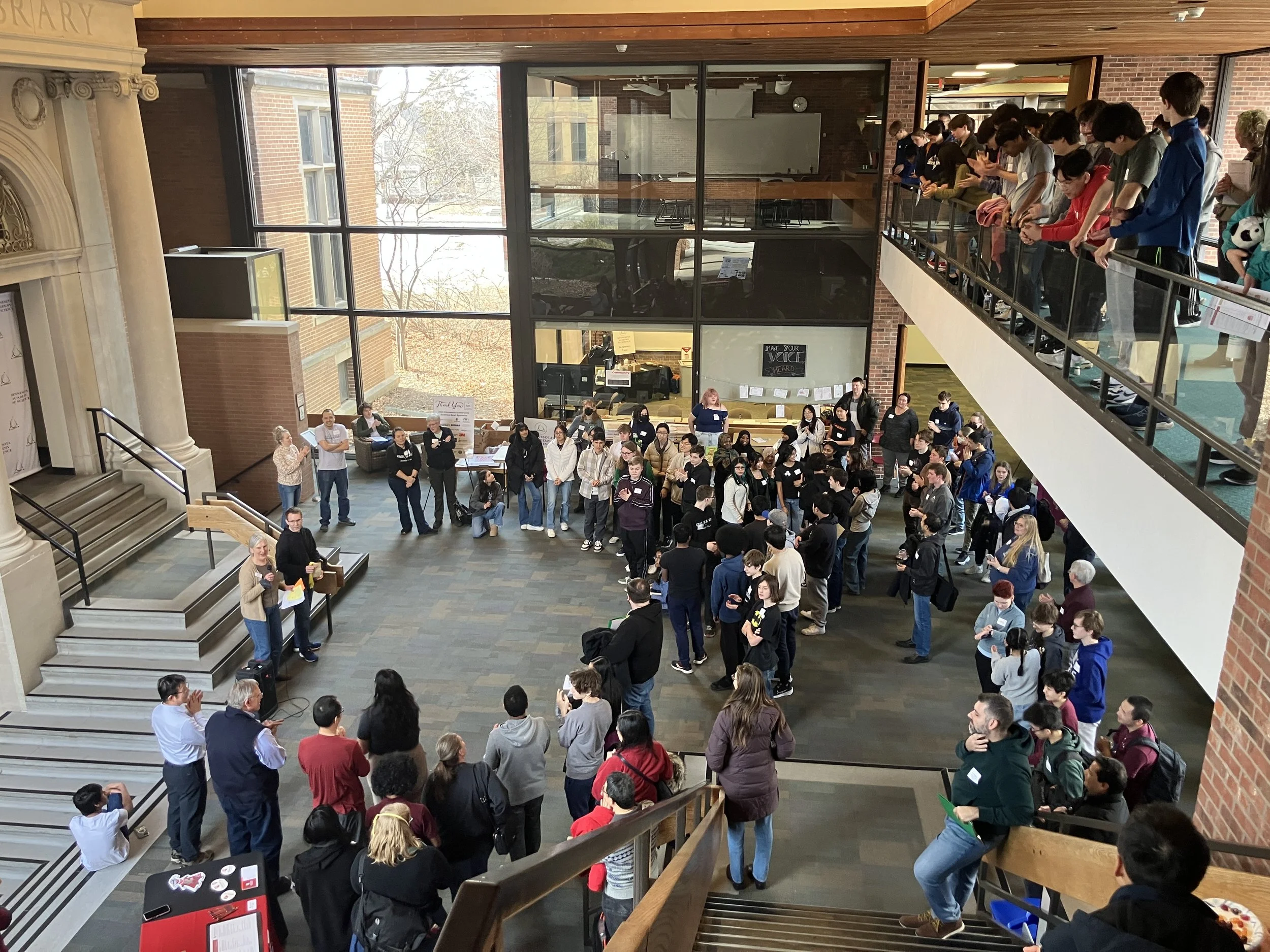JOURNAL OF THE MINNESOTA ACADEMY OF SCIENCE (1873 - 2016)
The Journal of the Minnesota Academy of Science (JMAS) was a peer-reviewed journal featuring research from all disciplines, as part of MAS's mission to recognize, influence, and promote excellence in science; it ceased in 2016. All issues have been made available through collaboration with the University of Minnesota-Morris Library, as an open access archive.
Last Published Research
VanderSchaaf, C.L., Holley, G., Arends, A., Adams, J., Deckard, D. "Comparing Economic Returns of Red Pine Plantation Thinning Scenarios Using Forest Vegetation Simulator (FVS)." Journal of the Minnesota Academy of Science, 2016; 4(2016): 1-11.
Abstract: Red pine (Pinus resinosa Ait) plantations are an important cover type of Department of Natural Resources (DNR) lands because of relatively high yields and economic value. Out of the approximate 400,000 acres of Minnesota red pine plantations one-fifth of the acreage is managed by the DNR. The DNR recently established a policy to rescind purposeful management to manage all red pine plantations to extended rotation ages, or rotation ages beyond those maximizing economic returns or biological yields. With recent state budget issues, DNR management is under greater scrutiny by the public, particularly on School Trust lands. Hence, most red pine plantations are now going to be managed on economic rotation ages (both School Trust and Nontrust lands). The objective of this study was to use a growth and yield model system to help determine the optimal number of thinnings, residual stand density following thinnings, and final harvest rotation age to maximize economic returns. Stumpage revenues received by the DNR from fiscal years 2011 to 2014 were used, allowing for a sensitivity analysis of the optimum thinning scenario since four distinct sets of stumpage revenues were compared. For simplicity, it was assumed that all harvested timber was red pine. Five different thinning treatments and an unthinned scenario were examined. Thinning scenarios differed as to the timing of thinnings based on standing basal area per acre and the residual basal area per acre following the thinning. A final harvest was implemented, the timing differing among the scenarios based on when financial returns were maximized. The greatest economic return appears to occur when light, but frequent thinnings occur. A target basal area of 150 square feet leaving 120 square feet was optimum (150_120) for all four sets of revenues. Optimum final harvest rotation ages varied from 60 to 70 years depending on the stumpage revenues. A thinning scenario of a target 150 square feet leaving 90 square feet (150_90) was nearly financially optimum and would likely allow for more operationally realistic thinning regimes.
Keywords: financial analysis, growth and yield, Pinus resinosa Ait.

































